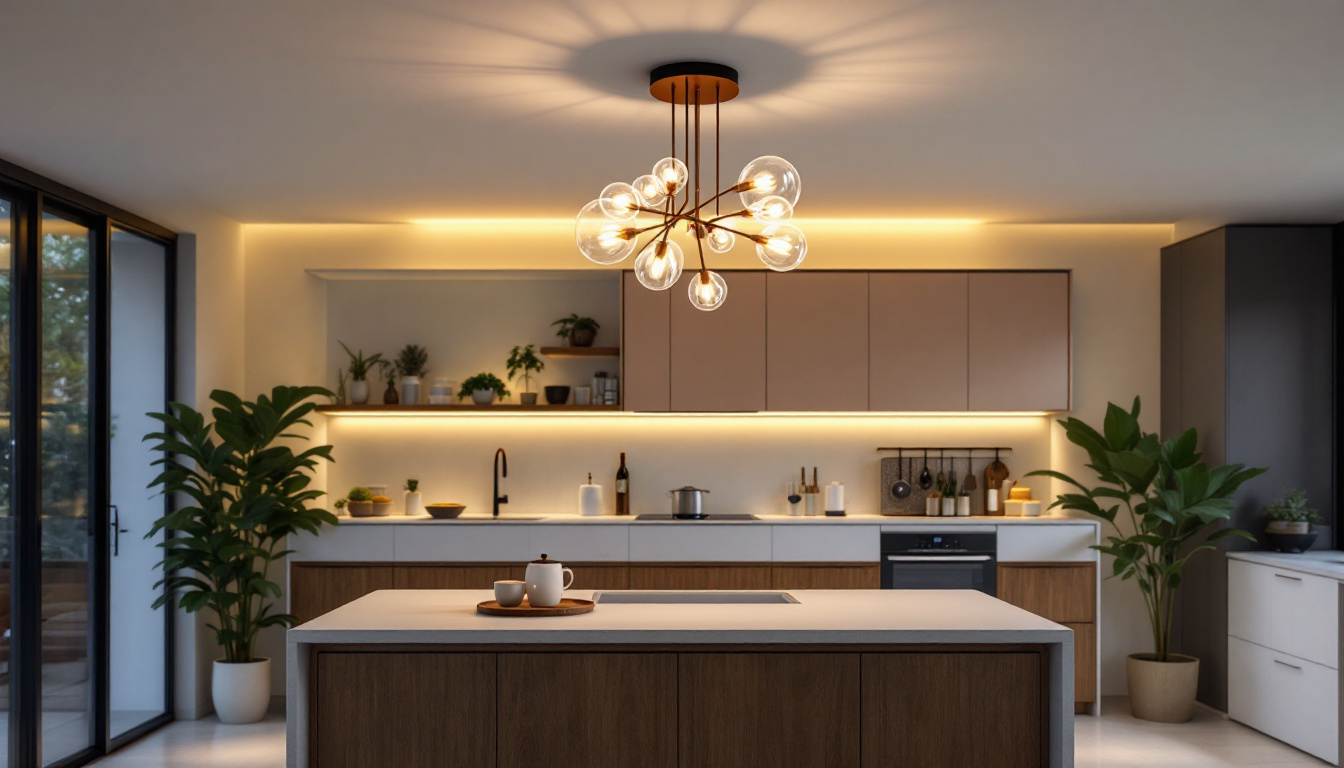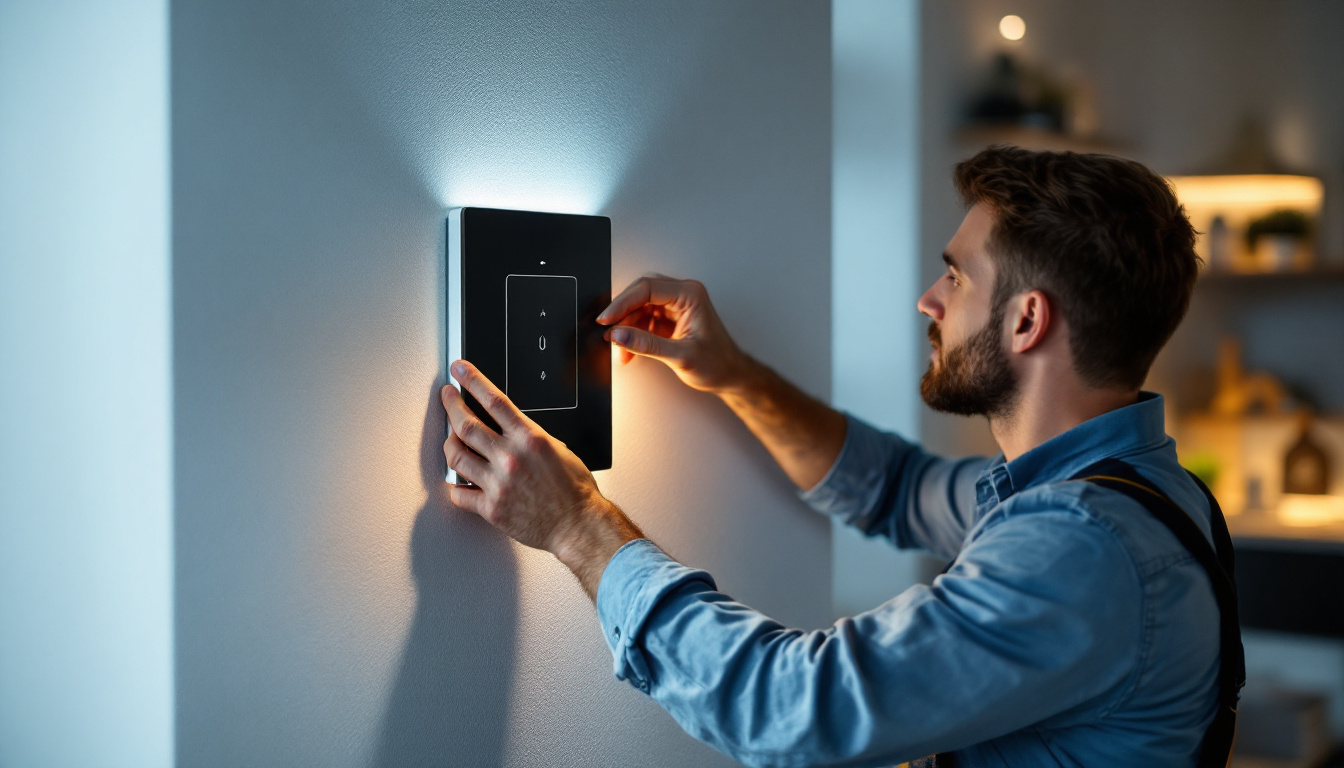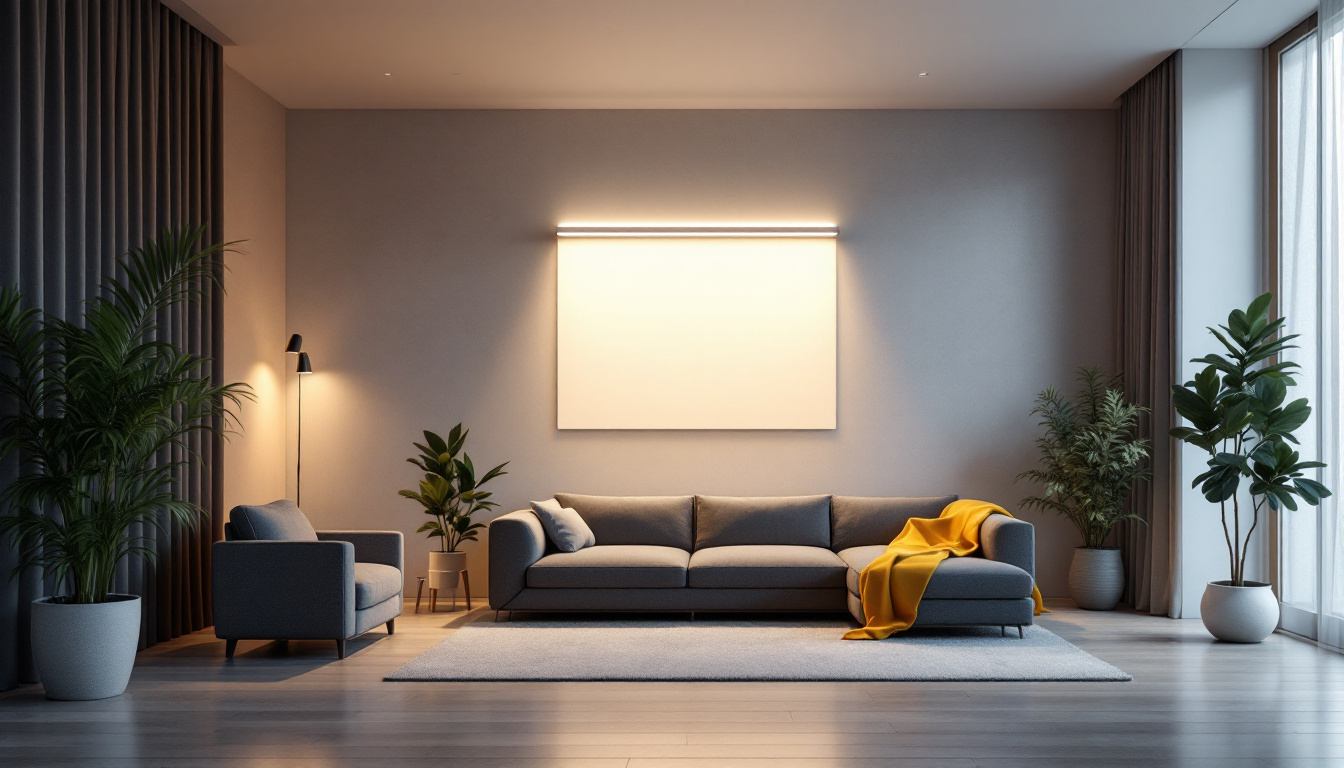
In the evolving landscape of lighting technology, Type S LED bulbs have emerged as a significant option for both residential and commercial applications. For lighting contractors, understanding the unique characteristics and advantages of Type S bulbs is essential to delivering effective, energy-efficient lighting solutions to clients.
Type S LED bulbs are designed to replace traditional incandescent or halogen bulbs while offering improved energy efficiency, longer lifespan, and enhanced light quality. Their designation, “Type S,” refers to a specific shape and base type that fits certain fixtures, making them a versatile choice in various lighting setups.
Contractors should note that the compatibility of Type S bulbs with existing fixtures is a critical factor. These bulbs often come with standard screw bases, but their shape and size can differ from conventional bulbs, which may affect fixture fit and light distribution.
Moreover, Type S LED bulbs are known for their ability to produce a high Color Rendering Index (CRI), which means they can render colors more accurately compared to traditional lighting options. This feature is particularly beneficial in settings where color accuracy is paramount, such as art galleries, retail spaces, and even in residential kitchens where the true color of food and decor is essential. Additionally, many Type S bulbs are available in various color temperatures, allowing contractors to tailor the lighting to the specific ambiance desired by their clients, whether it be a warm, inviting glow or a cool, energizing light.
Another important aspect to consider is the dimming capability of Type S LED bulbs. Many of these bulbs are designed to be compatible with dimmer switches, providing flexibility in lighting control. This can be a selling point for clients looking to create dynamic lighting environments that can adapt to different activities or moods throughout the day. However, it is crucial for contractors to ensure that the dimmers used are compatible with LED technology, as some older dimmer models may not function properly with these energy-efficient bulbs, leading to flickering or reduced performance.
One of the most compelling reasons to recommend Type S LED bulbs is their superior energy efficiency. Compared to traditional incandescent bulbs, Type S LEDs consume up to 80% less energy. This reduction translates directly into lower electricity bills for clients and aligns with growing environmental regulations and sustainability goals.
For lighting contractors, emphasizing these savings can be a strong selling point, especially for commercial clients managing large facilities where lighting costs are substantial. The initial investment in LED technology often pays off quickly through reduced energy consumption and maintenance expenses.
Type S LED bulbs typically boast lifespans ranging from 25,000 to 50,000 hours, far exceeding those of incandescent or halogen bulbs. This longevity reduces the frequency of replacements, which is particularly beneficial in hard-to-reach or high-ceiling installations.
For contractors, this means fewer service calls and maintenance visits, enhancing client satisfaction and reducing long-term operational costs. Additionally, the durability of LED bulbs makes them less susceptible to damage from vibrations or frequent switching, further extending their practical lifespan.
Modern Type S LED bulbs offer excellent color rendering indexes (CRI), often above 80, which ensures that colors appear natural and vibrant under their illumination. This quality is crucial in settings like retail stores, galleries, and hospitality venues where accurate color perception enhances the customer experience.
Moreover, these bulbs are available in a range of color temperatures, from warm white to daylight, allowing contractors to tailor lighting ambiance to specific client needs. The ability to select the right color temperature can influence mood, productivity, and visual comfort.
Before installing Type S LED bulbs, contractors must verify that the bulb’s physical dimensions and base type match the existing fixtures. Although many Type S bulbs use standard screw bases (such as E26 or E27), their elongated or specialized shapes may not fit all fixtures without modification.
It is advisable to consult manufacturer specifications and, if necessary, test-fit bulbs prior to full installation. This attention to detail prevents costly returns and ensures client satisfaction with the final lighting outcome.
Type S LED bulbs generally operate on standard line voltages, but compatibility with dimmer switches requires careful consideration. Not all LED bulbs are dimmable, and those that are may require compatible dimmer models to avoid flickering or reduced bulb lifespan.
Lighting contractors should recommend dimmer switches specifically designed for LED technology and verify the dimming range and performance during installation. Providing clients with guidance on proper dimmer use enhances the overall lighting experience and protects the investment in LED bulbs.
Although LEDs generate less heat than incandescent bulbs, Type S LED bulbs still produce some thermal energy that must be dissipated to maintain performance and longevity. Proper ventilation within fixtures is essential to prevent overheating, which can degrade LED components over time.
Contractors should assess fixture design and ensure adequate airflow around the bulb. In enclosed fixtures, selecting Type S LED bulbs with built-in thermal management features or lower wattage ratings can mitigate heat buildup.
In residential settings, Type S LED bulbs are ideal for decorative fixtures, ceiling fans, and outdoor lanterns where their shape complements the fixture design. Their energy efficiency and long life reduce household energy costs and maintenance efforts, making them a popular choice among homeowners.
Lighting contractors can advise clients on selecting bulbs with appropriate color temperatures to create cozy, inviting atmospheres in living rooms and bedrooms or brighter, cooler light for kitchens and workspaces.
Type S LED bulbs are well-suited for commercial spaces such as offices, retail stores, and restaurants. Their high CRI and customizable color temperatures enhance product displays and dining environments, improving customer engagement and satisfaction.
Contractors working with commercial clients should emphasize the bulbs’ energy savings and reduced maintenance needs, which contribute to lower operational costs and sustainability targets.
Due to their durability and efficiency, Type S LED bulbs are frequently used in outdoor fixtures, including porch lights, pathway lighting, and security lamps. Their resistance to frequent switching and vibration makes them reliable in these applications.
Specialty lighting applications, such as in museums or galleries, benefit from the precise color rendering and adjustable lighting options available with Type S LEDs, allowing for tailored illumination that protects sensitive materials while enhancing display aesthetics.
Lighting contractors must stay informed about local and national energy codes that increasingly mandate the use of energy-efficient lighting solutions. Type S LED bulbs typically meet or exceed these requirements, making them a compliant choice for new construction and retrofit projects.
By specifying Type S LEDs, contractors help clients avoid penalties and qualify for energy rebates or incentives offered by utility companies and government programs, adding financial value to their services.
LED technology, including Type S bulbs, contributes to reducing greenhouse gas emissions by lowering electricity consumption. Additionally, LEDs do not contain hazardous materials like mercury, which is found in some other bulb types, simplifying disposal and recycling processes.
Contractors can position themselves as environmentally responsible professionals by advocating for LED solutions, aligning with growing consumer and corporate demand for sustainable building practices.
Successful lighting projects begin with a thorough understanding of client goals, whether focused on aesthetics, energy savings, or compliance. Contractors should conduct detailed site assessments and discuss preferences regarding light quality, fixture compatibility, and budget constraints.
This information guides the selection of Type S LED bulbs with the appropriate wattage, color temperature, and beam angle to achieve the desired effect.
Not all Type S LED bulbs are created equal. Contractors should prioritize products from reputable manufacturers that provide detailed specifications, warranties, and technical support. Quality products ensure consistent performance and reduce the risk of premature failures or customer complaints.
Reading independent reviews, consulting industry resources, and requesting samples can help contractors make informed decisions and build trust with clients.
As smart home and building automation technologies become more prevalent, Type S LED bulbs compatible with wireless controls and sensors offer added value. These bulbs enable features such as remote dimming, color tuning, and scheduling, enhancing energy management and user convenience.
Contractors should consider the potential for smart integration during the design phase and advise clients on compatible products and control systems.
For lighting contractors, mastering the technical and practical aspects of Type S LED bulbs unlocks opportunities to deliver superior lighting solutions that meet modern demands for efficiency, quality, and sustainability. By carefully selecting, installing, and advising on these bulbs, contractors can enhance client satisfaction, reduce operational costs, and contribute to a greener built environment.
Staying current with product innovations, regulatory changes, and market trends ensures that contractors remain competitive and trusted experts in the lighting industry. Type S LED bulbs represent a versatile and forward-thinking choice that aligns well with these professional objectives.
Ready to elevate your lighting game with Type S LED bulbs that promise efficiency, quality, and sustainability? Look no further than LumenWholesale for an unbeatable selection of spec-grade lighting products at wholesale prices. Say goodbye to middleman markups and hello to premium lighting solutions that meet the highest industry standards. With free shipping on bulk orders, LumenWholesale is your go-to source for top-quality lighting without hidden fees. Discover the best value in wholesale lighting and make your next project shine with LumenWholesale.

Discover how kitchen ceiling light fixtures are revolutionizing the lighting industry with innovative designs and energy-efficient solutions.

Discover how LED light dimmers are revolutionizing the lighting industry for contractors, offering enhanced energy efficiency, customizable ambiance, and increased client satisfaction.

Discover expert tips and strategies for lighting contractors to master the installation and optimization of motion-sensitive security lights.

Discover the key considerations and benefits of flat light fixtures for lighting contractors.